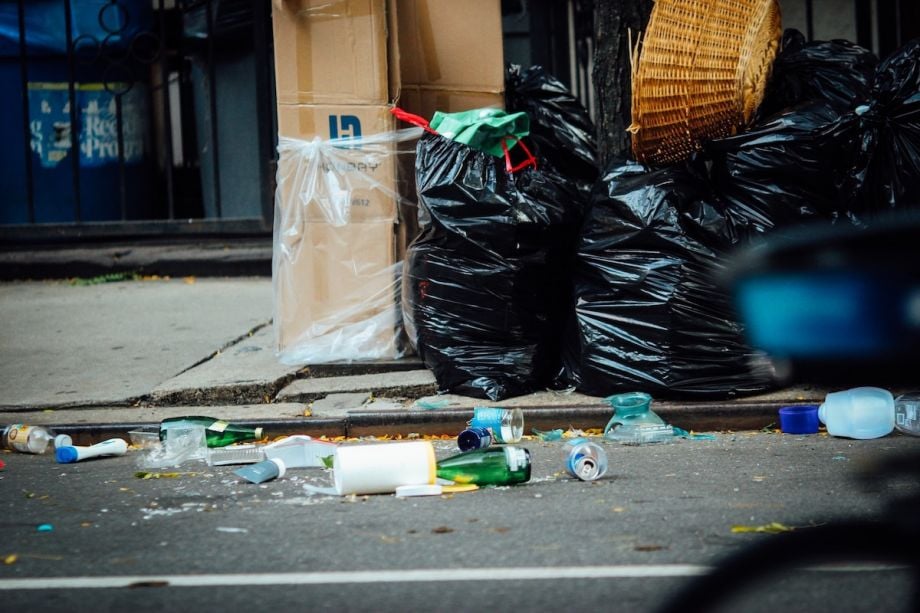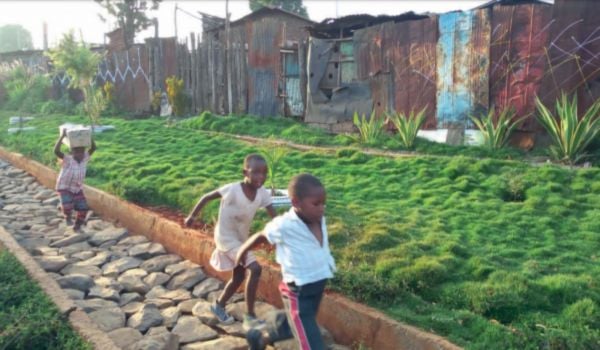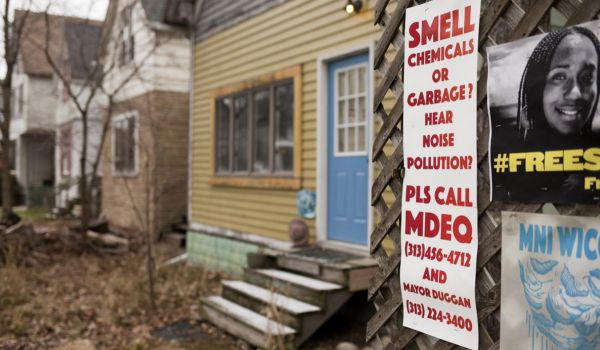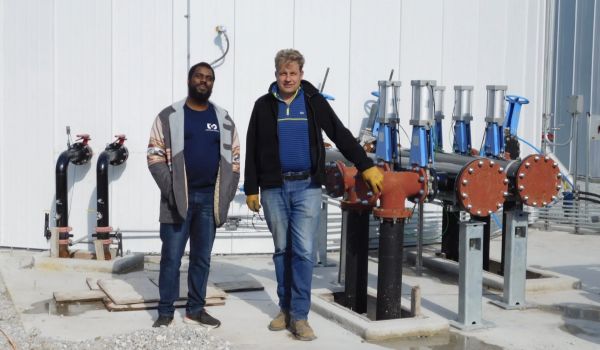Walking down the streets of Taipei, you might not know that the country was once known as Garbage Island. About 30 years ago, 30% of Taiwan’s trash was left to litter the streets or burned away, incensing 10 local women to the point of action.
Today, a garbage truck circles Taipei’s neighborhoods twice a day playing light classical music, providing a regular, conspicuous stimulus for people to get rid of smelly refuse sitting by their door. By 2015, litter was so sparse in Tai-Pei that former Mayor Ko Wen-je, slashed the number of bins on streets from 3,100 to 1,800 to save the city money.
Now, as the rest of the world’s trash piles up, “Garbage Island” has become a global leader in waste management. Still, “for a policy like this to work,” noted Lai Ying-ying, then head of the Taiwan Environmental Protection Administration’s waste management department to Scientific American in 2019, “you have to make each one responsible. You need waste disposal to sit firmly in the public consciousness.”
For some communities, however, their consciousness is the bin in which our waste is disposed.
In the U.S., for majority-minority communities in metropolitan areas, “illegal dumping is a product of long-term disinvestment in Black neighborhoods,” writes Philadelphia journalist Charles Ellison. The bulk of trash in some area codes comes not from the community members themselves but from external entities looking to offload their garbage cheaply. In 2016, a team of researchers led by Paul Mohai and Robin Saha of the University of Michigan and University of Montana found “a consistent pattern over a 30-year period of placing hazardous waste facilities in neighborhoods where poor people and people of color live.”
“Minorities and low-income communities are seen as the path of least resistance because they have fewer resources and political clout to oppose the sting of unwanted facilities” or acts of illegal dumping,” they concluded.
Researchers studying the impact of the presence of trash on children showed that, over time, piling trash has negative impacts on the mental well-being of communities. So too do the abandoned buildings, which rot because of long-term economic and political disinvestment. The presence of boarded-up properties, overgrown vegetation and trash have been linked to increased depression, stress and instances of self-harm. For people living in them, dilapidating structures with mold, lead and asbestos can increase one’s risk for asthma, cardiovascular disease, and learning disabilities. Around abandoned buildings, occurrences of violence and drug-use have been shown to increase.
Without the proper political or medical infrastructure in place to protect themselves, citizens living with the mental health consequences of living in these environments struggle to act, let alone work to overcome these hurdles. As a result, they may end up contributing to the pollution themselves.
Some respond by suggesting increased surveillance and police presence to protect those communities and catch perpetrators. New York State pushed forward a new bill that proposes to use funds to install surveillance cameras on street sweepers, effectively transforming them into patrol vehicles. At best, police (and sanitation) patrols are a temporary stop gap to a long-term issue, though for New York City both litter and crime have both increased since surveillance technologies were implemented two years ago. At worst, through stop-and-frisk policy, it perpetuates the system of racialized abuse that made these communities a magnet for trash in the first place.
Such a knee-jerk reaction often ostracizes the very people who pick up our trash. In 2022, when inflation made the U.K. unlivable for low-income earners, trash men protested and refused to pick up refuse from Glasgow to Aberdeen to Edinburgh. Their absence made it clear: We need more investment in our waste management systems, not less.
Earlier this year, Taipei considered restoring the number of trash and recycling bins along city streets after most residents made it clear that they needed more help from the city to carry out their civic duty. Even with cost cutting as a goal, this can still occur affordably. In Philadelphia, for example, less than 10% of the city’s Street Department 2021 budget is reportedly all that would be needed to employ workers $25 an hour to clean trash on every street.
But low-income communities rarely receive help from their cities. Historically these communities instead experience what African American studies professor Amanda Boston dubs “racialized neglect”: community health declines, property values nose-dive and, ultimately, they become gentrified. The poorest community members are priced out by the sky-high cost-of-living, forced to go elsewhere, again amid litter.
The pressure of so many stressors creates a great burden for these communities to carry, leading to disproportionately high instances of mental health illness in low-income `1“1 communities. Outpatient facilities – clinics – have been dubbed the “backbone” of mental health care services in low-income communities. Still, less than 20% of low-income communities have access to resources to take care of their mental health.
Expanding these mental health services is a bandage solution that fails to correct the root issue. But it could still have transformative consequences: Recall that because of only 10 women, Taiwan’s legacy as Garbage Island, today, is a distant, almost mythological, memory. Given the idiosyncratic interplay of these stressors at a local level, cities need to lead in directing the appropriate expansion of mental health infrastructure to low-income communities.
Cities must also invest in consistent waste management for all area codes. Combined with expanded mental health care infrastructure, greater investment in waste management will improve the well-being of all those suffering and empower them to move away from the U.S.’s trashy relationship with low-income and minority communities.
Harrison Watson is a Ph.D. student in Ecology at Princeton University. He is also a Public Voices Fellow of the Op-Ed Project and Yale Program for Climate Change Communication and a Conservation and Justice Fellow with the American Bird Conservancy.









__Sean_Corrigan_from_Cleveland_Sews_(center)__and_Paula_Coggins_from_Oh_Sew_Powerful_(right)_sew_leftover_banners_from_the_NFL_Draft_into_handbags_-_photo_by_Sophie_Kannberg_600_350_80_s_c1.jpeg)






